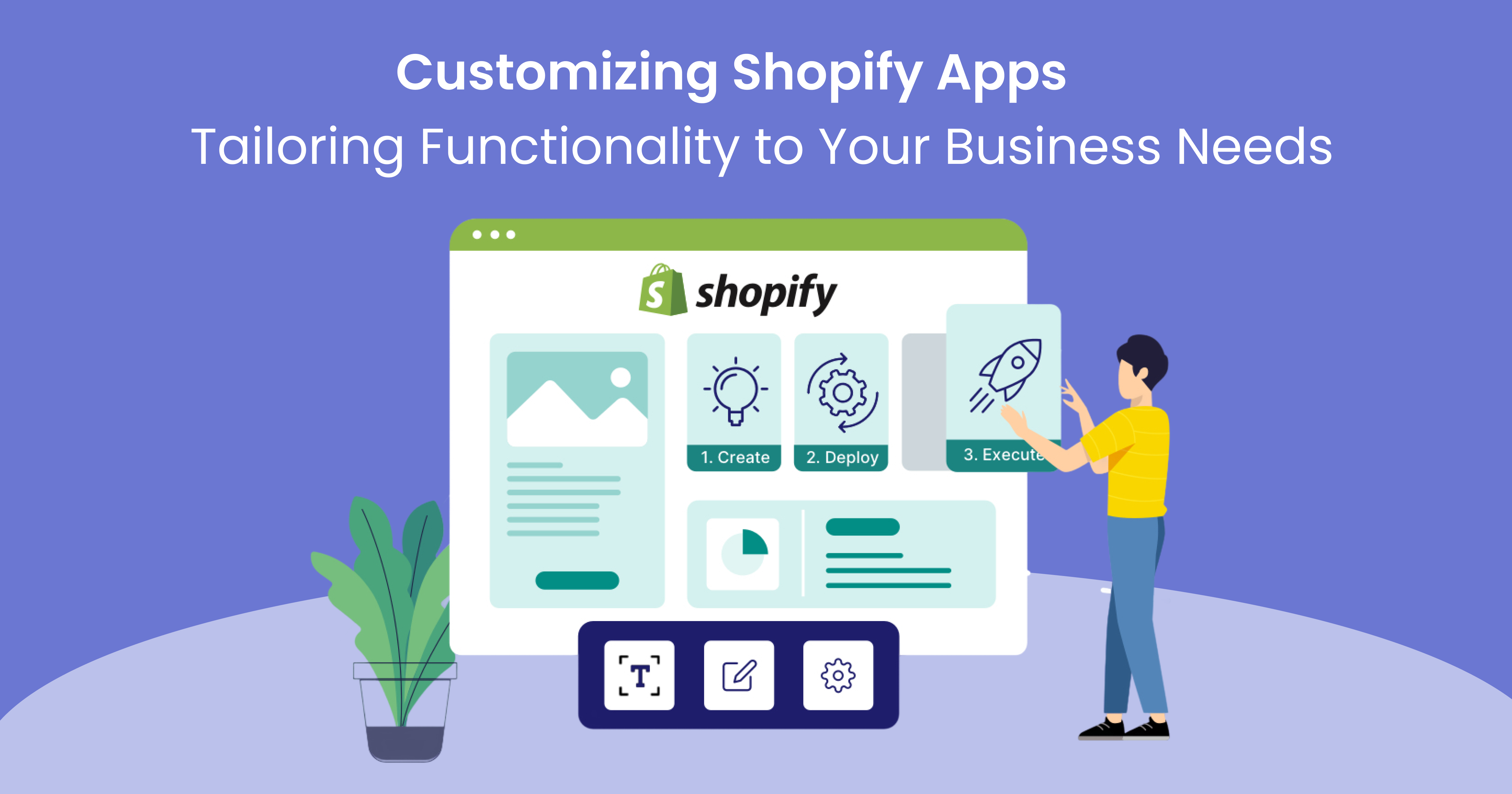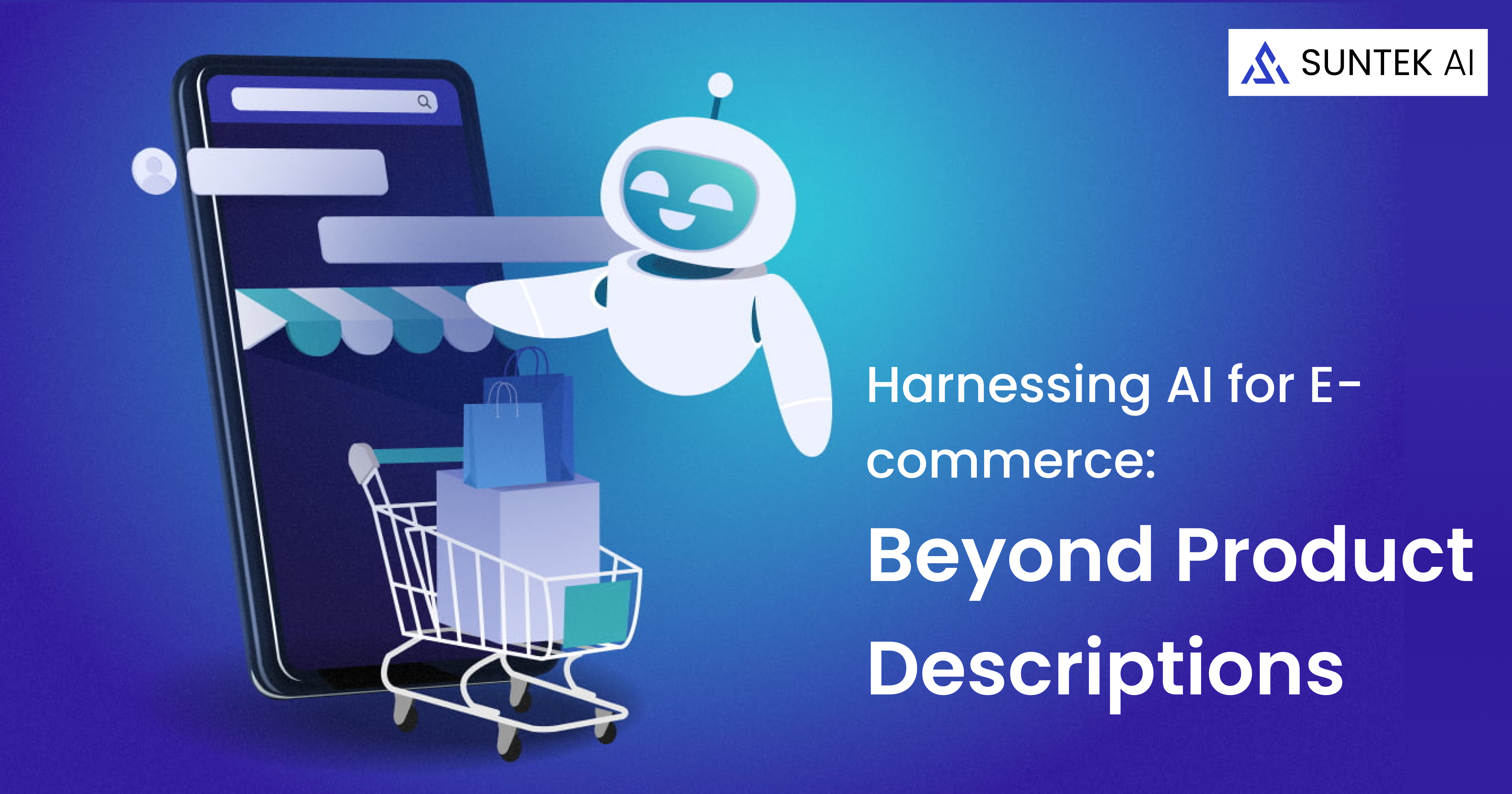Shopify’s approach to checkout customization is evolving, and if you currently use Shopify Scripts, it’s crucial to stay ahead of the curve. Legacy checkout. Liquid files will soon be sunsetted, making way for a more powerful and secure system based on checkout extensions.
Important Deadlines
Shopify will turn off checkout. Liquid in stages. It’s essential to mark these dates in your calendar:
- August 13, 2024: Support ends for checkout. liquid customizations on the Information, Shipping, & Payment pages.
- August 28, 2025: Support ends for checkout. Liquid customizations on the Thank You & Order Status pages.
Why is This Migration Necessary?
- Enhanced Security: Extensions create a more robust checkout environment, minimizing the risk of security vulnerabilities.
- Customization Unleashed: Extensions provide granular control over your checkout without complex coding or compromising platform stability.
- Future-Proofing: Extensions are built to adapt alongside Shopify, ensuring your checkout always offers the latest features and capabilities.
Step-by-Step Guide to a Successful Migration
- Inventory Your Scripts: List all Shopify Scripts used in your checkout. Determine what functionality needs to be replicated with extensions or alternative solutions.
- Choose the Right Extensions: Explore the Shopify App Store. Focus on reputable developers, read reviews, and thoroughly test extensions in a development environment.
- Implementation & Testing: Follow the extension provider’s instructions. Test all payment gateways, shipping scenarios, and custom integrations to ensure a seamless transition.
- Gradual Rollout (if possible): For large stores or complex setups, use A/B testing to minimize potential risk.
- Communicate the Change: Clearly inform customers about the enhanced checkout experience as you roll it out.
Tips for a Smooth Transition
- Start Early: Act now to avoid a last-minute rush. Plan your migration well ahead of the deadlines.
- Seek Support: If you’re not comfortable with development, consider working with a Shopify expert for a smooth transition.
- Prioritize User Experience: Your primary goal is to maintain (and improve!) the checkout experience for your customers.
Anticipating Challenges and Solutions
- No Direct Equivalent: Some Script functionality might not have an exact extension match. You might need to explore alternative workflows or find creative solutions..
- Compatibility Issues: Ensure chosen extensions work seamlessly with other installed apps and any custom code.
- Learning Curve: If extensions are new to you, there will be some learning involved. Invest time in familiarizing yourself with their capabilities.
Case Studies: Successful Migrations
- [Company A] boosted conversion rates by X% after moving to extension-based customizations, highlighting the potential gains of the new model.
- [Company B] reduced customer inquiries related to checkout issues thanks to the increased stability and reliability of extensions.
The Takeaway
The migration to Shopify checkout extensions is a necessary transition, but one that unlocks new opportunities. It’s a chance to create a more secure, customizable, and future-proof checkout that directly benefits your business and your customers.
Don’t wait to migrate! Contact us for personalized support in maximizing your checkout potential.




